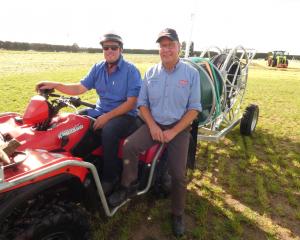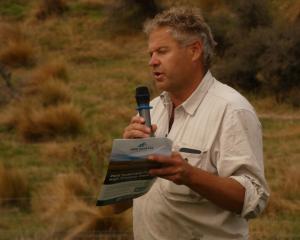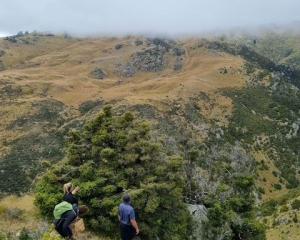
Thousands of them once thrived in Canterbury but the last known rook was shot last month by a farm worker in North Canterbury’s Parnassus/inland Kaikoura road area and marks the only time a pest animal has been eradicated in the region.
A veterinarian has confirmed it was an older male bird.
Removing the canny birds since they were declared a pest in the 1990s has taken perseverance as they are quick learners at identifying and avoiding poisoned bait.
At their peak more than 20 years ago the purplish-black rooks — the only members of the crow family in New Zealand — reached about 5600 birds in Canterbury.
They became a crop pest, taking freshly sown seeds out of the ground at arable farms, ripping up small plants and damaging crops.
Environment Canterbury (ECan) is calling the elimination of the last known bird and eradication of rooks before the goal of 2028 a pest success.
Biosecurity team leader Brent Glentworth said they were really pleased the last known rook had been destroyed after sightings of a lone older male in the North Canterbury area since 2018.
He said they were a pest threat to arable production, particularly when in large numbers.
"They were released in the 1800s in Canterbury and Hawke’s Bay and they really took off. There were rookeries with thousands of birds and they were put in a number of pest management plans because in those large groups they decimate cereal crops."
Their numbers were reduced to about three birds in 2018 with two of them found and killed.
Over the past year there were sightings of a single rook, most recently at the North Canterbury property by a farm manager.
After an ECan staff member confirmed it was a rook a worker on the farm managed to shoot it the next week.
Mr Glentworth said they were a tricky species to control as they were intelligent birds and learned quickly to ignore initial controls of a toxin on bread and dripping.
Slow acting toxins were used as the birds stopped eating immediately if a fast toxin was used and older birds had been known to hide baits and wait to see if they were harmful to them.
Shooting them would only split rookeries and encourage them to develop satellite populations.
He said the birds were found mainly in Banks Peninsula, Selwyn, Timaru and other cereal-growing districts when they were at their peak.
Much of the credit for the collapse of the Canterbury rook population should go to pest controller Dave Hunter who developed innovative methods such as using macaroni and meal worms to control them, he said.
Mr Glentworth said there was still a risk they could return to the region and they were in regular communication with farmers to report sightings.
"As the crow flies it’s not that far across Cook Strait, so we could see birds from the North Island and we could get them from Otago or Marlborough — so the key is to maintain that zero density and when we have an arrival to try and dispatch it before it has time to breed."
He said a lot of money had been spent over the years to reduce their numbers and it was paying dividends now as funding was no longer needed and they weren’t reducing crop harvests.















